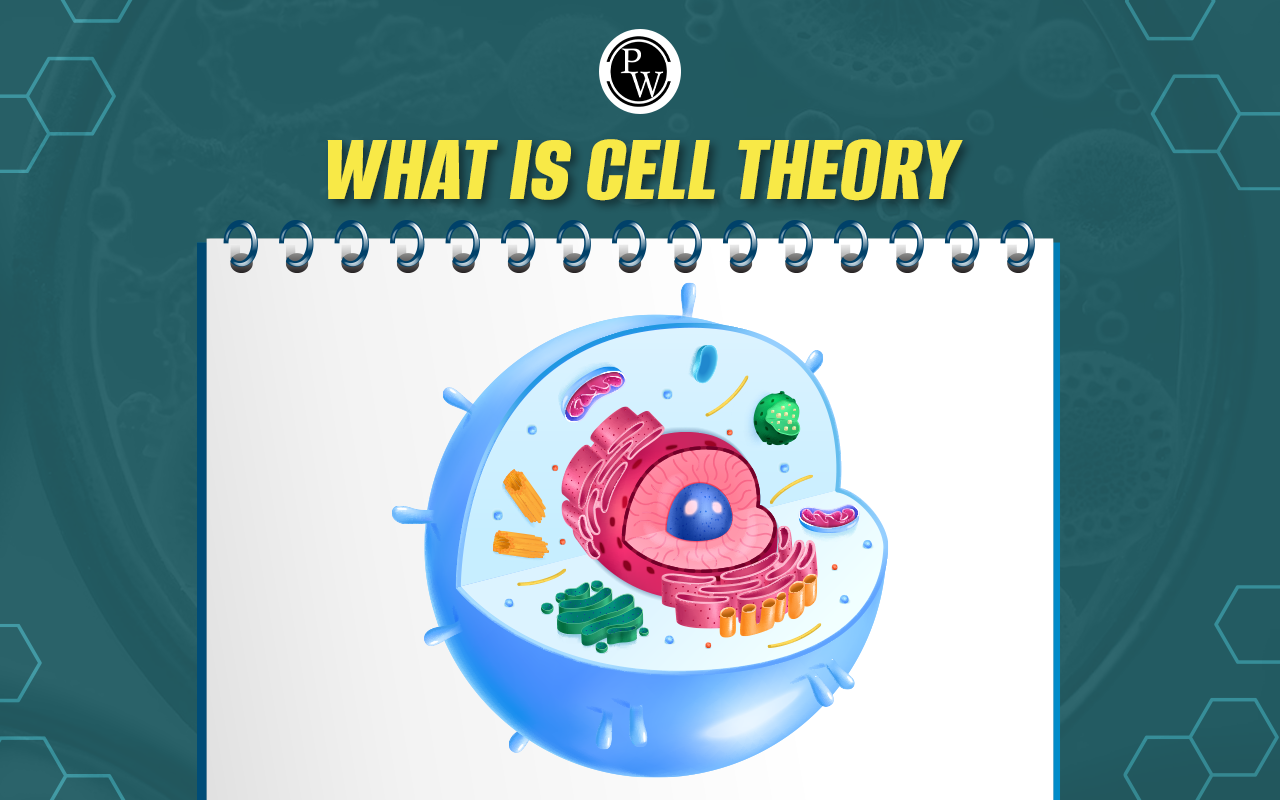
Difference Between Amylose and Amylopectin: Starch is a complex carbohydrate in our diets and a crucial energy source for humans and animals. It is a polysaccharide found in plants, consisting of two main components: amylose and amylopectin.
These two molecules exhibit distinct characteristics, influencing not only the nutritional value of the foods we consume but also our culinary practices. In this blog, we’ll talk about the difference between amylose and amylopectin, and much more!| NEET Biology Syllabus | NEET Biology Diagrams |
| NEET Biology MCQ | NEET Biology Chapter wise Weightage |
| NEET Biology Notes | NEET Previous Year Question papers |
Difference Between Amylose and Amylopectin Overview
Starch is a complex carbohydrate found in various plant-based foods, serving as a primary storage form of energy. Amylose and amylopectin are the two primary components of starch, each playing a unique role in the overall structure and function of this essential carbohydrate. Starch is a polysaccharide, a large molecule composed of multiple sugar units bonded together. In plants, starch serves as a storage form of energy, providing a readily available source of glucose when needed. Amylose and amylopectin are both polysaccharides composed of glucose units, but they differ in their molecular structures. Amylose is a linear chain of glucose molecules linked by alpha-1,4-glycosidic bonds. On the other hand, amylopectin is a branched structure with both alpha-1,4-glycosidic and alpha-1,6-glycosidic bonds, creating a highly branched polymer.
Difference Between Amylose and Amylopectin
Amylose and amylopectin differ from each other in various aspects. Here’s the difference between amylose and amylopectin presented in tabular form:
| Difference Between Amylose and Amylopectin | ||
|---|---|---|
| Feature | Amylose | Amylopectin |
| Chemical Structure | Linear chain of α-D-glucose units linked by α-1,4-glycosidic bonds. | Branched chain of α-D-glucose units linked by α-1,4-glycosidic bonds with occasional α-1,6-glycosidic branches. |
| Molecular Weight | Lower molecular weight compared to amylopectin. Consists of approximately 200 to 1,000 glucose units. | Higher molecular weight compared to amylose. Can consist of several thousand glucose units. |
| Branching | Unbranched | Highly branched structure with numerous side chains, forming a tree-like structure. |
| Number of Glucose Units | Typically 20-30 glucose units per chain. | Can have thousands of glucose units in the main chain with additional branches. |
| Solubility in Water | More soluble in water due to its linear structure. Forms a colloidal solution. | Less soluble in water due to its branched structure. Does not form a clear solution. |
| Texture and Consistency | Forms a gel-like substance when heated and cooled. Used in the formation of resistant starch. | Does not form a gel-like substance; instead, it provides a stable structure for granules. |
| Metabolic Impact | Takes longer to digest, leading to a slower release of glucose into the bloodstream. | Rapidly broken down by amylase enzymes, leading to a quicker release of glucose into the bloodstream. |
| Food Sources | Found in foods like potatoes, rice, and corn. Major component of waxy starches. | Commonly found in grains like wheat and oats. Also present in legumes. |
| Function in Plants | Acts as a storage form of energy in plants. | Serves as an easily mobilizable energy source during times of need. Also contributes to the structural integrity of starch granules. |
| Applications in Food Industry | Used in the food industry to create gels and thickeners. Commonly used in custards, puddings, and sauces. | Used in food processing for its thickening and stabilizing properties. Applied in products like bread, cakes, and pastries for texture enhancement. |
What is Amylose?
Amylose, comprising approximately 20-30% of starch, is characterized by its linear structure. Glucose molecules are linked together through alpha-1,4-glycosidic bonds, forming an unbranched chain. This linear arrangement influences amylose's behavior in various culinary applications and its impact on health. The linear chain structure of amylose allows it to easily align, forming a crystalline structure during the cooling of cooked starch. This property contributes to the phenomenon of retrogradation, where starches undergo structural changes, leading to the formation of resistant starch. Resistant starch is not fully broken down during digestion, reaching the colon where it serves as a substrate for beneficial gut bacteria. Certain plants, such as potatoes and legumes, contain higher proportions of amylose. These foods contribute to the higher resistant starch content in our diets, offering potential health benefits related to gut health.
What is Amylopectin?
Amylopectin, constituting the majority (about 70-80%) of starch, possesses a highly branched structure. In addition to alpha-1,4-glycosidic bonds, it features alpha-1,6-glycosidic bonds, creating a branching pattern that influences its physical and chemical properties. The branching in amylopectin prevents the formation of a crystalline structure, leading to a more amorphous arrangement. This results in increased water resistance, impacting the overall solubility of amylopectin in water. Cereals, such as wheat and rice, are examples of foods that are abundant in amylopectin. These foods are commonly used in a variety of culinary applications due to the unique properties of amylopectin. The properties of amylose and amylopectin have significant implications in the culinary world, influencing the texture, viscosity, and overall quality of various dishes. The difference between amylose and amylopectin go beyond their molecular structures to impact various aspects of our lives. From the kitchen to our digestive systems, these polysaccharides play vital roles that influence the texture of our favorite dishes and the way our bodies process and utilize energy. Understanding these differences empowers us to make informed choices in our dietary habits, catering to both our taste preferences and health needs. Whether you're a culinary enthusiast looking to perfect your recipes or someone managing specific health conditions, the difference between amylose and amylopectin offers valuable insights into the world of carbohydrates and their diverse roles in our lives.
Difference Between Amylose and Amylopectin FAQs
Can amylose and amylopectin be found in non-starchy vegetables?
What is the significance of amylose and amylopectin in gluten-free cooking?
How can one increase resistant starch content in cooked foods?
Are there amylose and amylopectin supplements available?
How do amylose and amylopectin impact the shelf life of certain foods?










